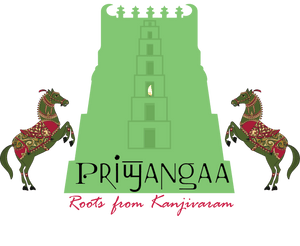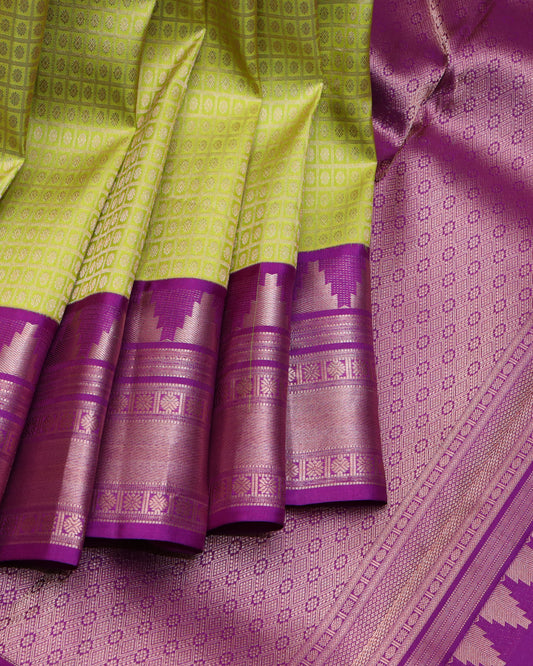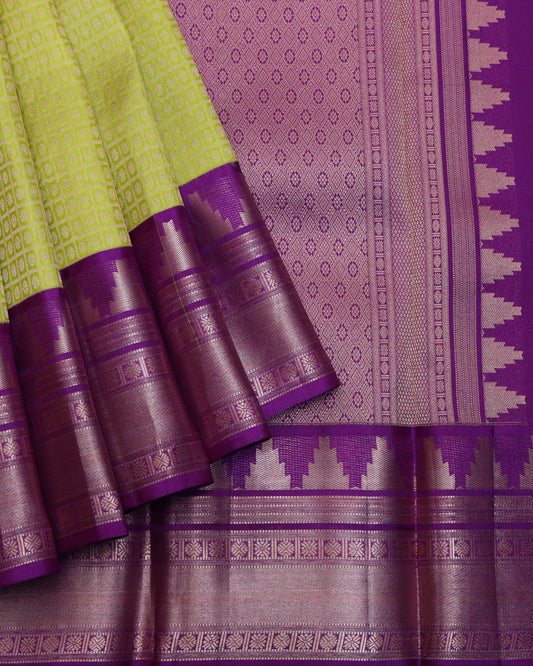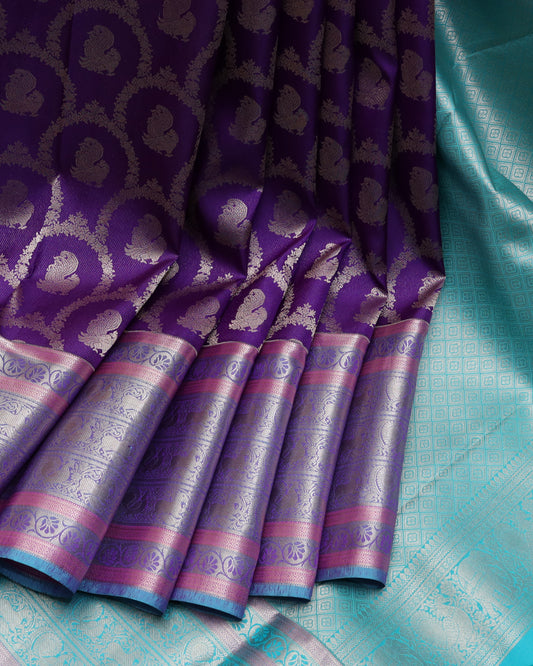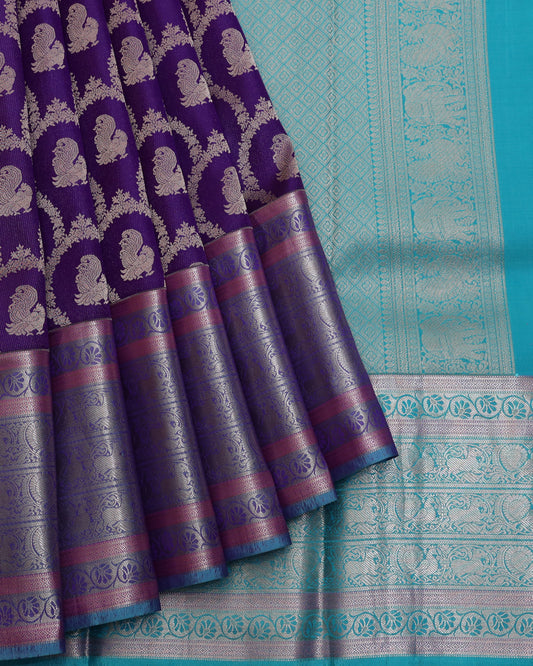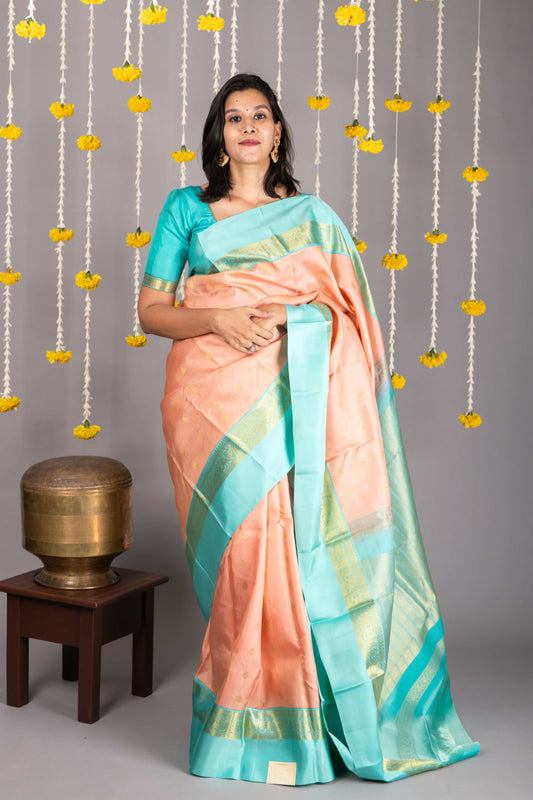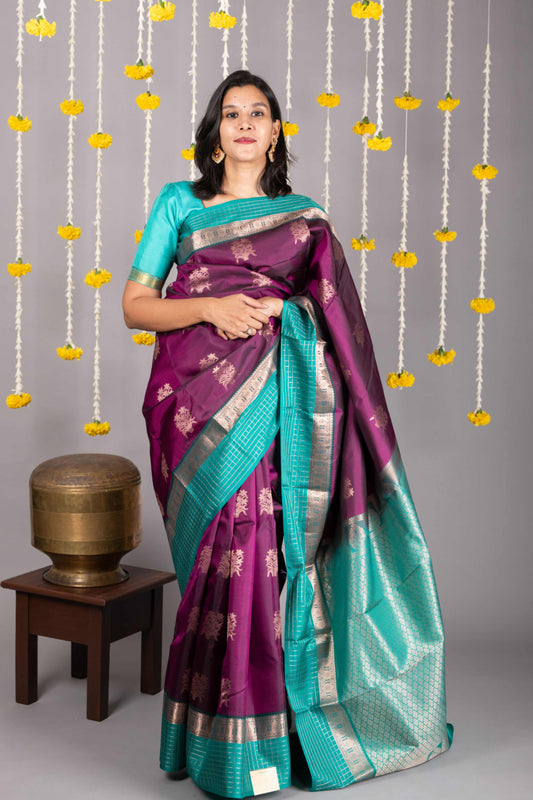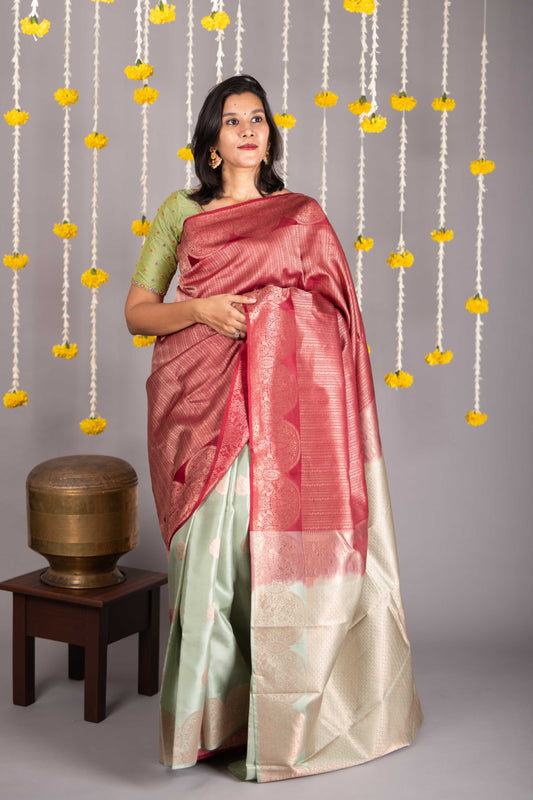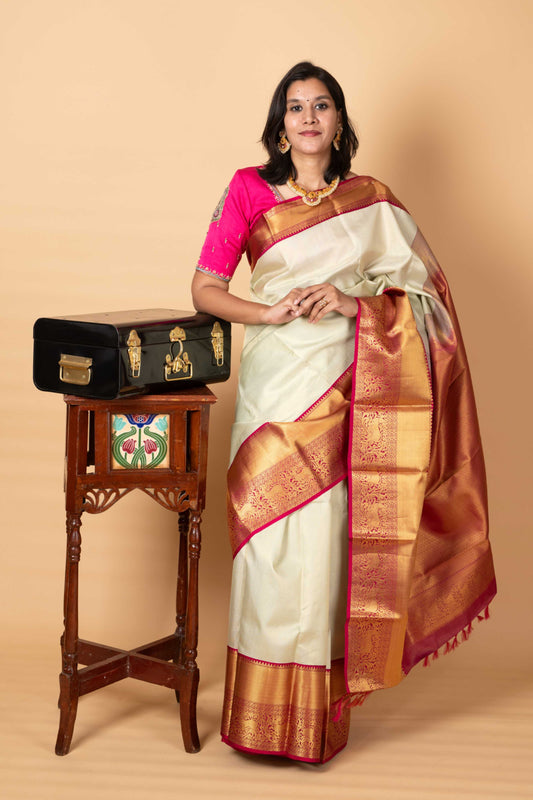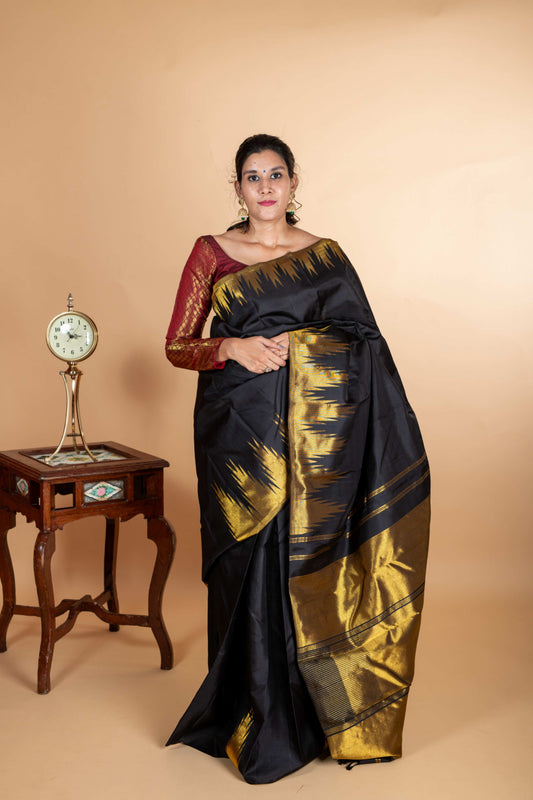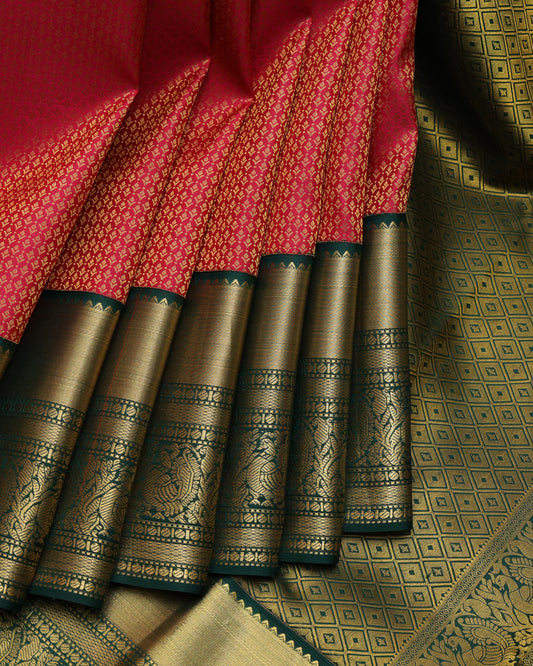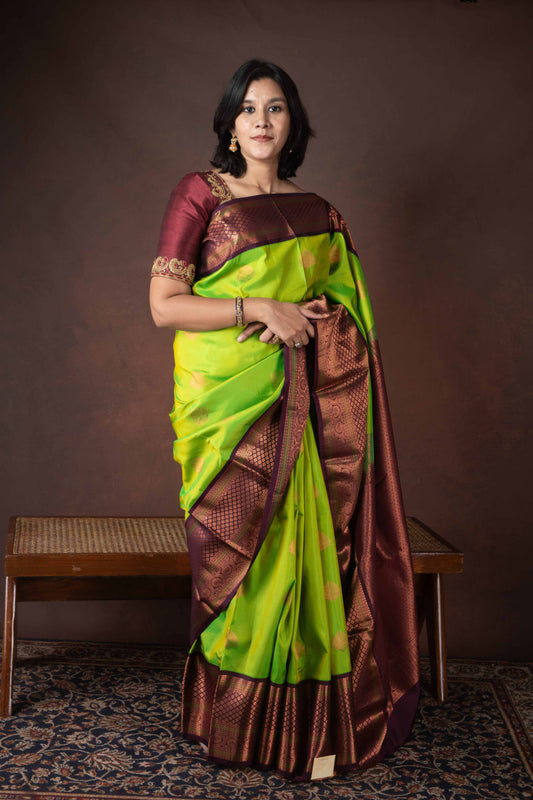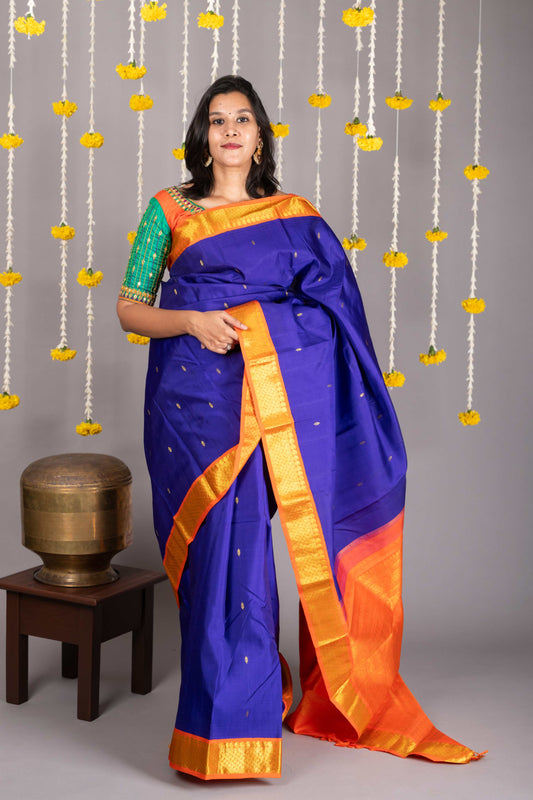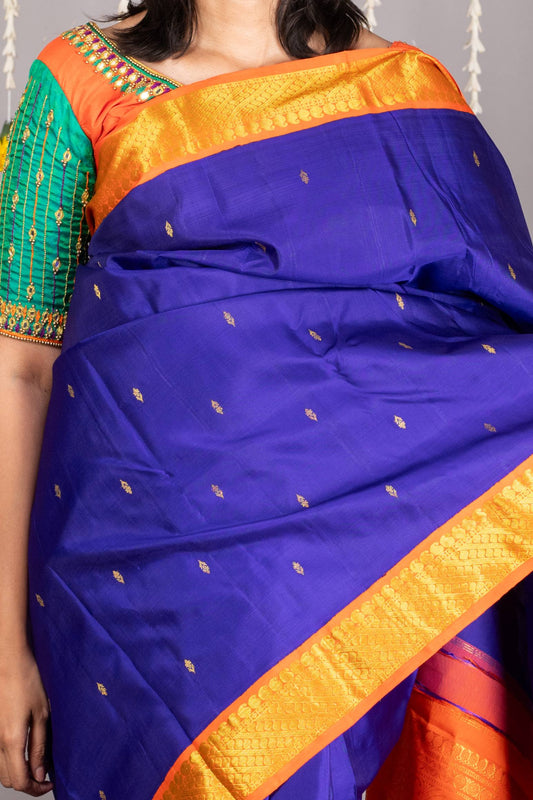Introduction
From ancient to modern times, everyone opts for silk clothes if they want to feel like royalty at a function or a celebration. Silk holds a special place in the culture of various countries including China, India, Persia and Western countries. The luxurious fabric which is woven from one of the strongest natural fibers holds back the history of thousands of years. Let us hear the story of Silk, woven through the whispers of time.
What is Silk?
First of all, Silk is made from the protein fiber made from the saliva of Silkworms. It is processed from the cocoon of the silkworm, especially the larvae of the domestic silk moth (Bombyx Mori). This process is called Sericulture. There is no strong evidence as to the birth of Silk, like who would have thought that someone could extract this shining thread from the cocoon of a moth? But there are some tales around it which give us a rough history of the life of Silk.
What History tells us about Silk?
History tells us that silk was first discovered in China and was traded with other countries for so many centuries. The Chinese held the method of creating silk as a secret for centuries. It is said that Empress Leizu was the one who found Silk by chance. There are some versions to the story. In one such version, the Empress, while drinking hot tea one day, found a silk cocoon that fell from a tree into her tea. Once fallen into the hot liquid, the cocoon revealed its delicate thread and thus the Empress started cultivating silkworm threads.
Another version tells that while roaming in the garden, she witnessed a silkworm munching on a mulberry leaf and building a cocoon around itself. She collected it and went to the garden to drink her tea. While drinking tea, she threw the cocoon into the hot water and a lengthy string of silk came out. Thus she found the silk thread.
The Process of Producing Silk
Silk is like the fancy, glittery fabric of the insect world, and it all starts with the big dream of the little critter to become a moth. Let us dive deep into the process of producing Silk threads.
The harvesters create a controlled environment where the female silk moths lay eggs on a paper. One female silk moth can lay around 300 to 500 eggs at a time. Once the eggs get hatched, the larvae – the caterpillars of the silkworm are kept on the mulberry leaves.
Mulberry leaves are their primary source of food. They munch on it like it’s their only job in life. They are like eating machines, finishing up the leaves day and night. The mulberry leaves are the greatest source of nutrition for the silkworms. And then it’s time for them to chill out and pupate when they attain their full potential like about 3 inches in around 4 to 6 weeks. They’ll stop eating and go into their full crafting mode, spinning cocoons around them.

Attached to a secure branch or a tip, the silkworm begins spinning its beautiful home around itself by rotating its body in a figure 8 movement around 300,000 times. This process will take around 3 days. The cocoon is made up of a protein called Fibroin, secreted from their special salivary glands. This saliva hardens into a thread when it is exposed to the air.

After the silkworm finishes its cocoon masterpiece, it eventually closes itself inside and then it is time for the harvest. All the cocoons are collected and boiled in hot water or through steam. This process will soften the natural gum of Sericin which holds the cocoon together. Once the sticky stuff is dissolved, the silk thread is reeled from the cocoon and becomes one continuous string. One cocoon can give a super long thread – sometimes over a mile! It is like the silkworm is secretly working on a massive knitting project.
Silk Thread Process for Weaving
The produced thread is the raw silk, which is so pure. Then it undergoes the processes of spinning, dyeing and weaving. During spinning, multiple strands of the silk threads are spun together and sent to dyeing. In the older times, there was this traditional technique of dyeing, where the dyes were extracted from natural sources found in the nearby environs. This will take much time and more material, as the silk will be soaked into the dye multiple times for so many days to ensure the proper coloring.
In modern times, this method has been overtaken by advanced technologies. As the production of silk cloth became commercialized, the ancient methods of dyeing became extinct, as the modern types of dyes give multiple ranges of color choices and different shades, to serve wider demand. Then comes the part where the silk thread is weaved together. In weaving too, the traditional method has vanished, and modern technology made it simple. The threads are woven in a right angle which results in a smooth, lustrous texture that makes silk fabric so distinctive.
Adding Designs to Silk Sarees
Once the fabric is woven into a fine silk fabric, then comes the time for the makeover - to give it designs - printing. The weavers use punch cards / pattern cards to achieve this. The Punch cards are long strips of cardboard with holes punched into them to represent the design. In the traditional times, a person who knew drawing created a visual graph of the pattern on squared paper. This graph was manually converted into a series of punch cards by a punching technician. In modern times, these works are done using softwares and machines. Modern designers create designs in CAD or other related softwares and with card-punching machines, they make the punching cards.
Then the punching cards are loaded in a Jacquard machine which is a mechanical device attached to the top of the loom. It reads the sequence of punch cards. It selectively lifts warp threads based on the pattern punched, creating the intricate motifs we see on sarees. In modern power looms, electronic Jacquard machines are used, where punch cards are not needed as designs from CAD are directly fed into the system. But in many places, many weavers still use the traditional looms with punch cards in jacquard machines.

Finally comes the finishing process of the silk fabric, where it gets a little pampering - a softening process by applying some chemical treatments. It is like a makeover for the fabric, giving it that extra shine and luxurious feel. The process of producing silk cloth is so crucial at every level and requires an unparalleled mastery of the process and hand-downed knowledge.
Different types of Silk
The silk cultivated from the silkworm cocoons, fed up by mulberry leaves, is the widely known and accredited silk type. Yet there are some other varieties like Wild Silk, Eri Silk or Peace Silk.
Wild Silk:
The wild silk is known as “Tussah”, and it is produced from the silkworms which are fed on a variety of leaves and plants that are found in the forest. These cocoons will result in a silk thread which is a little coarse in texture and the color will be more natural, in earthy tones.
Eri Silk:
Popularly known as Peace Silk, this silk is extracted from a method more vegetarian. The cocoon is left for another 7 to 10 days, allowing the pupae to spend extra time for their full growth and leave the cocoon. The workers will collect the cocoons after the moth has left it, thus allowing the moth to live. Yet this silk is a little more costly than the normal silk. Because of the extra days the moth takes, the cocoon starts to harden. This causes lower results in silk yielding & there is the chance of the threads breaking into multiple strands, which results in rough fabric. However, it is the most praised method of silk harvesting by animal lovers, as it ensures no harm to the silkworms.
Silk, an Inseparable part of Indian Tradition
For centuries, Silk was reserved exclusively for royalty, worn only by Kings, Queens, and those of Noble lineage, for elites. However, over time, Silk has woven itself into the fabric of every Indian home and became an essential part of every Indian celebration. Today, it allures the vibrant colors of Indian weddings and festivals, where it is cherished by people from all walks of life. No longer confined to the palaces, it has woven itself into the very heart of our cultural traditions.

Conclusion
The special molecular structure of the royal silk thread gives it the blend of the two characteristics – Strength and stiffness, and flexibility and elasticity thus making it soft yet strong and delicate yet durable. The lustrous fabric is made from a series of crucial processing and so the artwork gets paid off with a high price. Now you see why it is so regal to wear a silk saree, right? Why wait? Go through our remarkable and unique collection of silk sarees. You will never leave without a buy!
